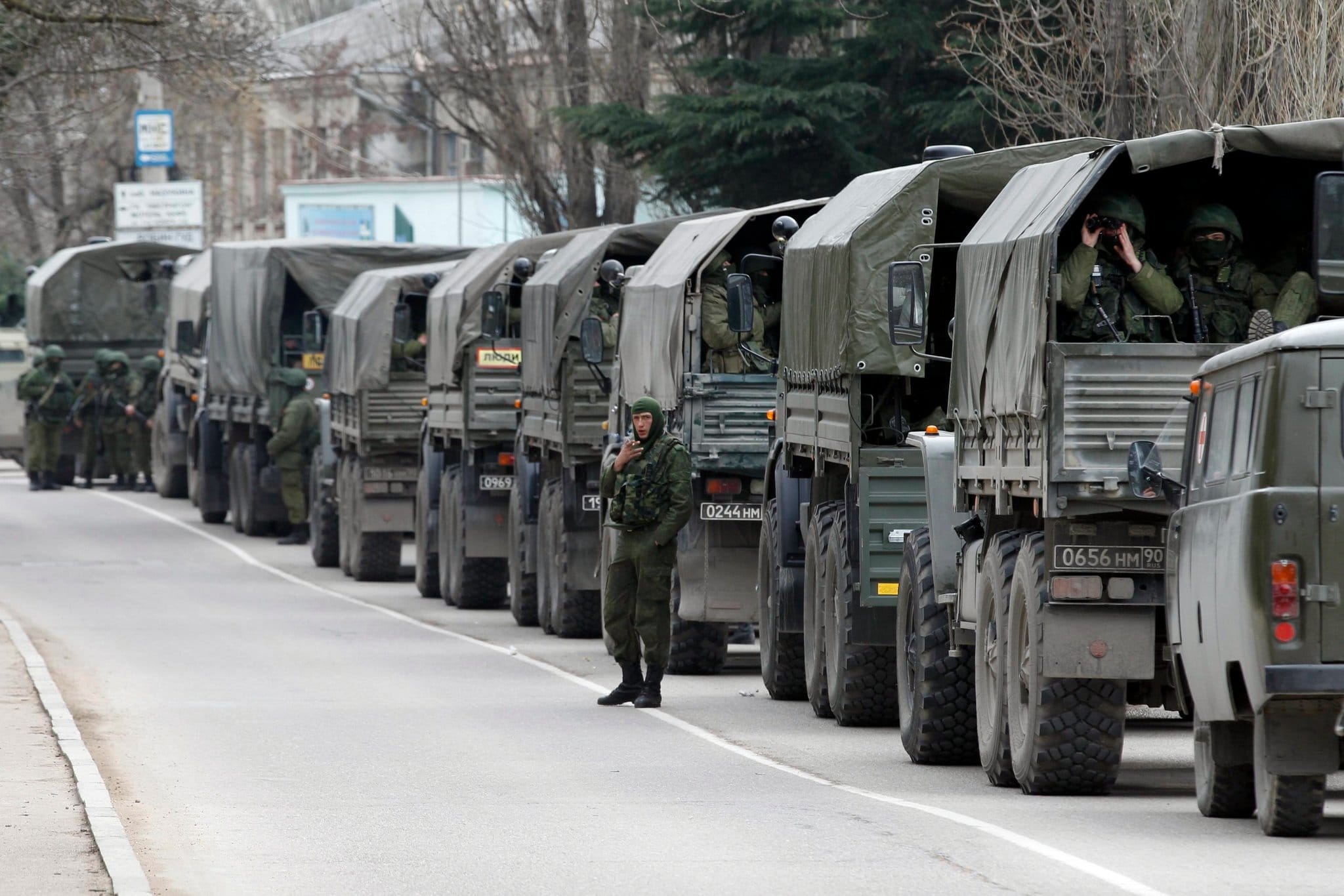The conflict between Ukraine and Russia has entered a new phase as Ukrainian forces have intensified their military operations in the Kursk region, which borders Ukraine. This escalation is seen as part of Ukraine’s ongoing efforts to reclaim territory and disrupt Russian military logistics. The Kursk region has historically been significant due to its proximity to Ukraine and its strategic importance in the conflict.
Reports indicate that Ukrainian attacks have targeted various military installations and supply routes within the Kursk region. This has raised alarm among Russian officials, who have responded with increased military readiness and defensive measures. The Ukrainian military’s focus on the Kursk area is part of a broader strategy to weaken Russian capabilities by striking at its supply lines and troop concentrations.
The escalation of hostilities in the Kursk region comes amid a backdrop of ongoing military confrontations in eastern Ukraine, particularly in the Donetsk and Luhansk regions. Ukrainian forces have been engaged in a protracted struggle to reclaim territory occupied by Russian-backed separatists. The intensification of operations in Kursk suggests a shift in Ukrainian military tactics, aiming to stretch Russian resources and divert attention from the front lines in eastern Ukraine.
As the conflict continues, the implications for regional security are becoming increasingly pronounced. The heightened military activity in Kursk has led to concerns among neighboring countries about the potential for spillover effects, including increased refugee flows and the risk of broader military engagement. The situation has prompted discussions among NATO allies regarding the need for a coordinated response to the evolving security landscape in Eastern Europe.
In response to the increased attacks, Russian authorities have heightened their military presence in the Kursk region. This includes the deployment of additional troops and military equipment to fortify defenses against potential Ukrainian incursions. Russian officials have condemned the Ukrainian operations, labeling them as provocative actions that threaten regional stability. The Kremlin’s rhetoric suggests a willingness to escalate military responses if necessary, further complicating the already tense situation.
International observers are closely monitoring the developments in the Kursk region, as the conflict continues to draw global attention. Diplomatic efforts to resolve the crisis have been ongoing, but the recent escalation raises questions about the effectiveness of negotiations. Many analysts believe that without a significant shift in diplomatic engagement, the potential for further military confrontation remains high.
The humanitarian impact of the conflict is also a critical concern. As military operations intensify, civilians in the affected areas face increasing risks. Displacement, casualties, and disruptions to essential services are likely to escalate as the fighting continues. Humanitarian organizations are calling for increased access to affected populations to provide assistance and support in the face of growing needs.
The situation in the Kursk region serves as a reminder of the complexities and challenges inherent in the Ukraine-Russia conflict. As both sides prepare for potential escalations, the prospect of a protracted conflict looms large. The international community faces the challenge of navigating a path toward de-escalation while addressing the immediate humanitarian needs arising from the ongoing violence.
In conclusion, the intensification of Ukrainian military operations in Russia’s Kursk region marks a significant development in the ongoing conflict. As both sides brace for potential escalations, the implications for regional security and humanitarian conditions are profound. The situation remains fluid, and the response from both military and diplomatic fronts will be critical in shaping the future trajectory of the conflict.



